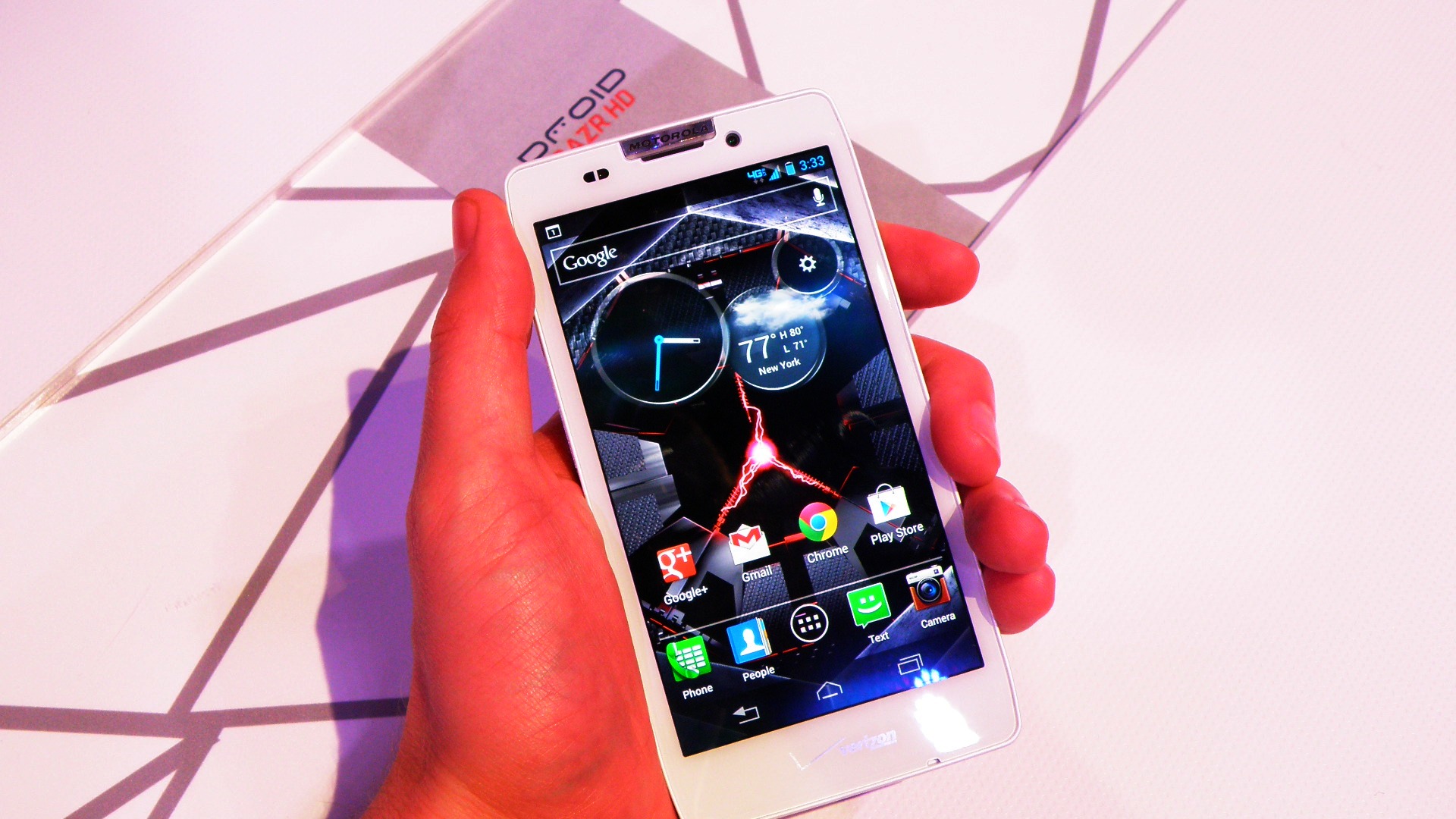Motorola Droid Razr HD and Droid Razr Maxx HD coming to Verizon Oct. 18
Finally joining Razr M

It was only Wednesday that TechRadar was wondering when Verizon would announce availability for Motorola's Droid Razr HD and
, and now we finally have an answer.
The carrier announced both phones will drop in the U.S. Oct. 18, priced at $199.99 for the HD and $299.99 for those taking it to the Maxx through Verizon stores and online.
Both phones were unveiled alongside the Droid Razr M last month, and while that phone is already widely available, Verizon left everyone scratching their heads as to when its compatriots would go on sale.
Canadian carrier Rogers announced the Razr HD's launch Wednesday, and Germany has carried the phone since mid-September.
Razr choices
The Razr HD will be available in either black or white while the Maxx HD comes just in black.
Get daily insight, inspiration and deals in your inbox
Sign up for breaking news, reviews, opinion, top tech deals, and more.
Prices for the Razr HD and Razr HD Maxx include a two-year contract, Verizon noted.
All three (including the M) are exclusive to the carrier. While the HD is packed with competitive features like Gorilla Glas, DuPont KEVLAR, an 8MP camera and HD display, the Maxx's big selling point is its battery.
According to Verizon, the 3,300mAh battery gives up to 32 hours of normal use. The phone's also got 32GB of storage, compared to the HD's 16GB.
The 4G LTE phones will likely help Verizon continue on its stomping path towards blanketing the U.S. with 4G LTE coverage.
The company announced Tuesday at MobileCon 2012 it will hit its 400th LTE market Oct. 18.
Michelle was previously a news editor at TechRadar, leading consumer tech news and reviews. Michelle is now a Content Strategist at Facebook. A versatile, highly effective content writer and skilled editor with a keen eye for detail, Michelle is a collaborative problem solver and covered everything from smartwatches and microprocessors to VR and self-driving cars.
